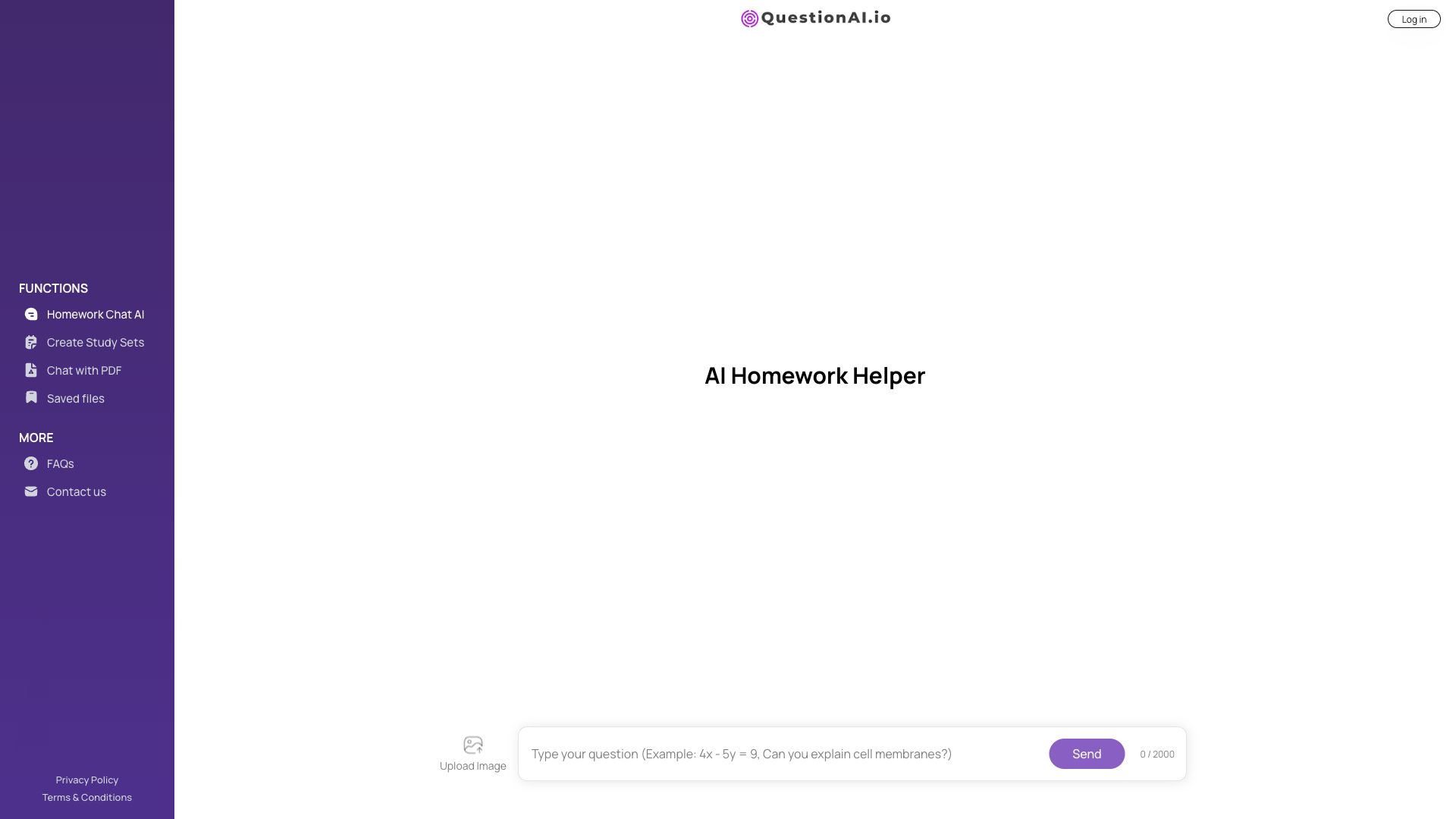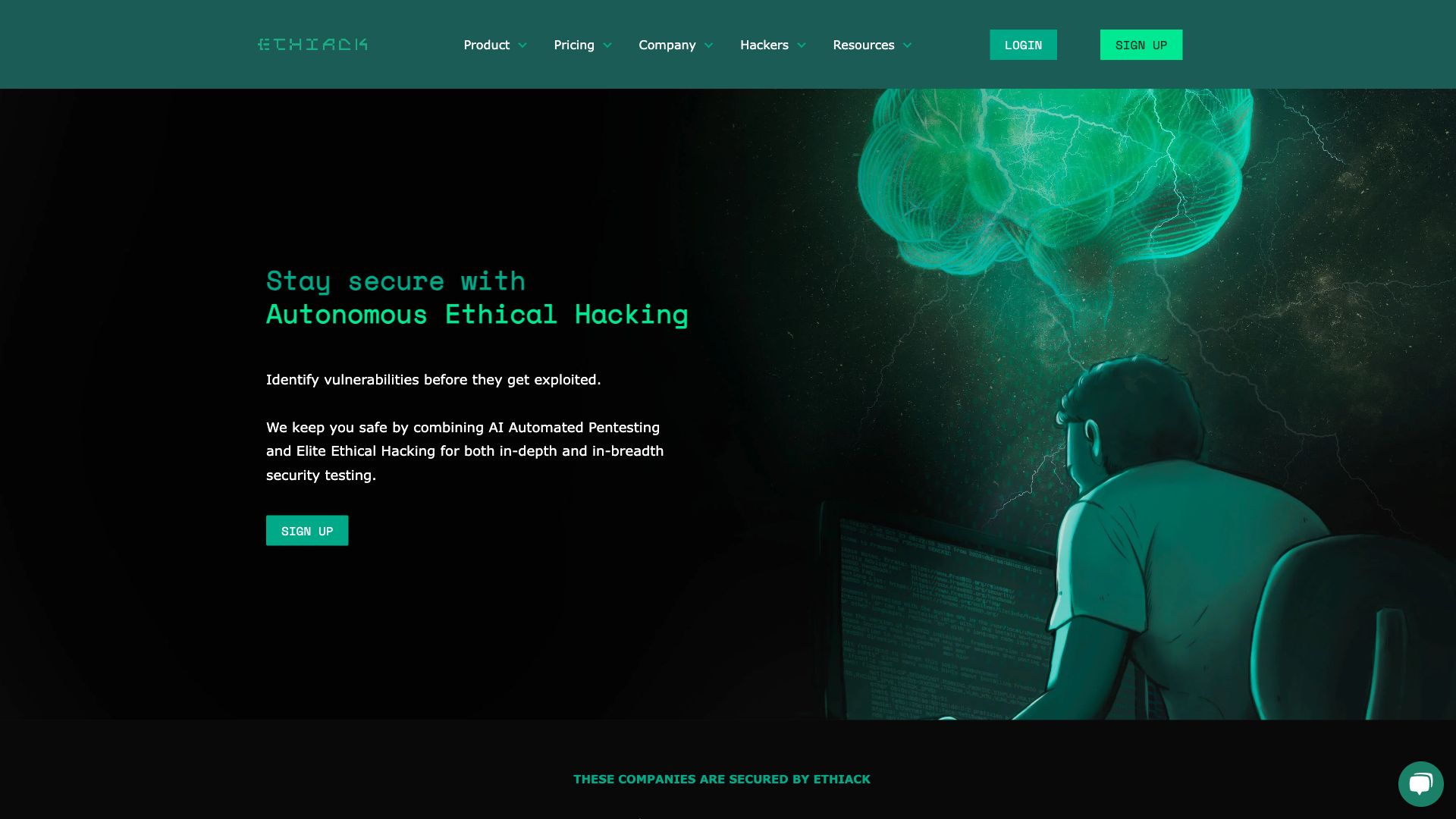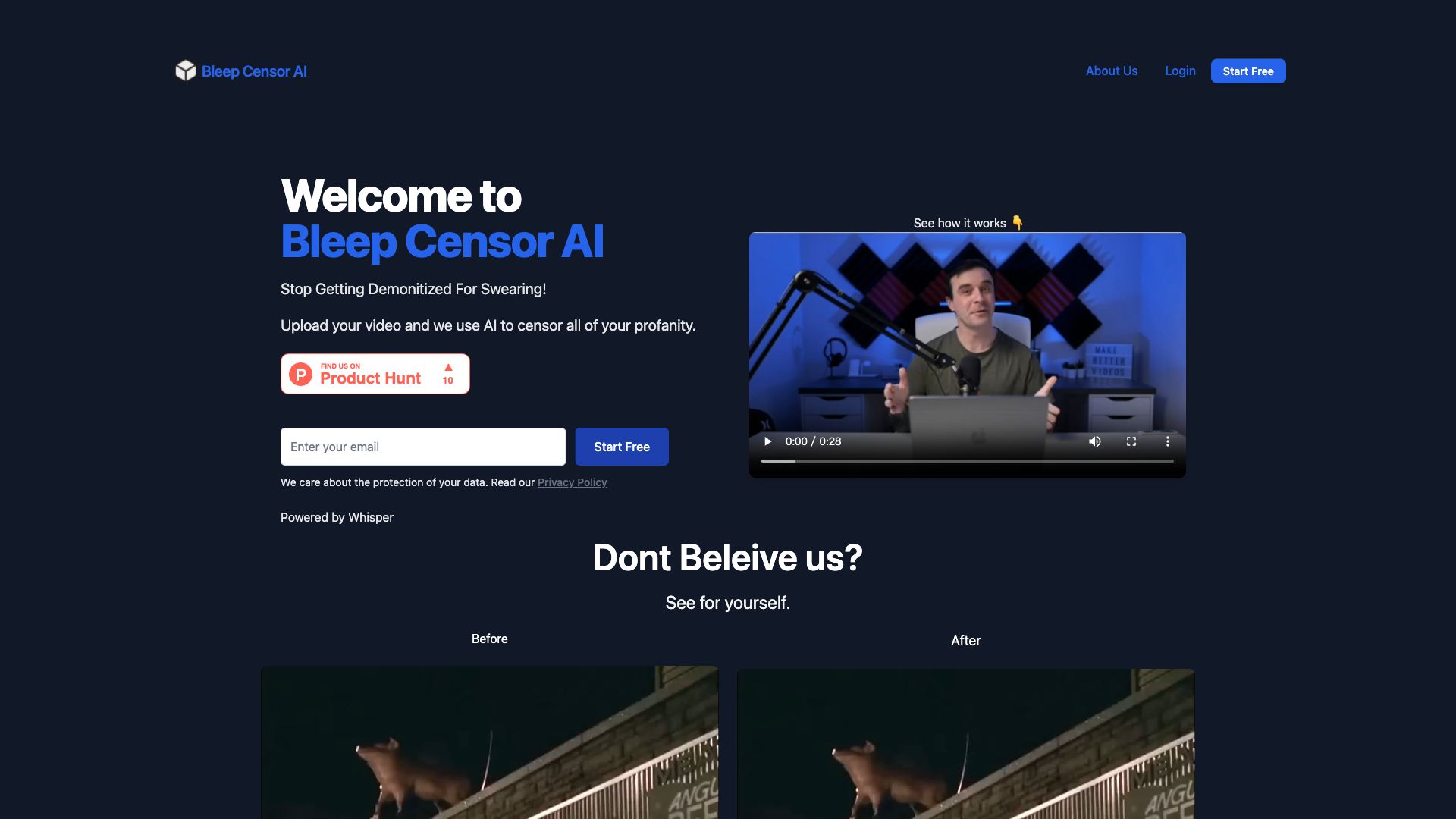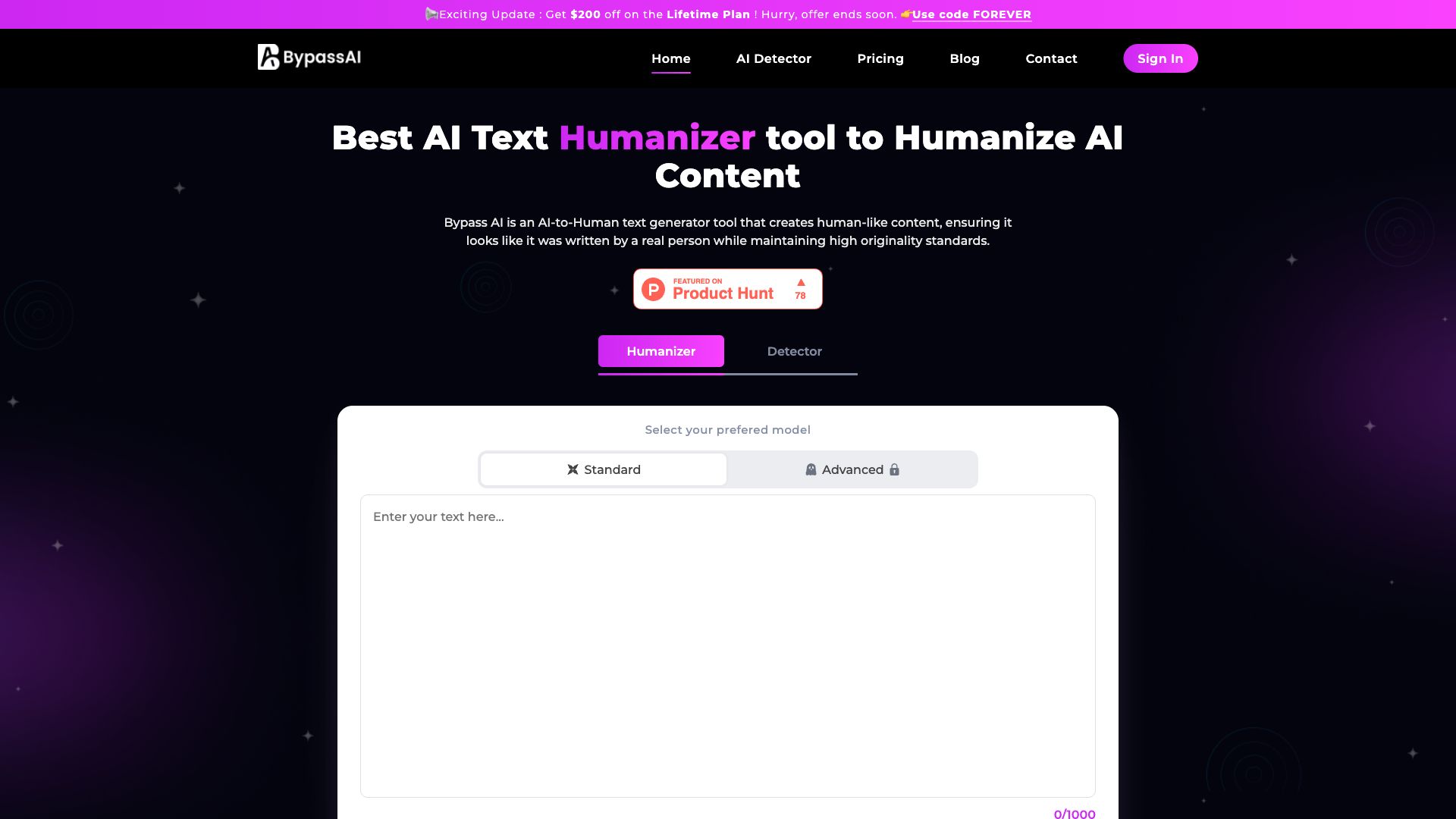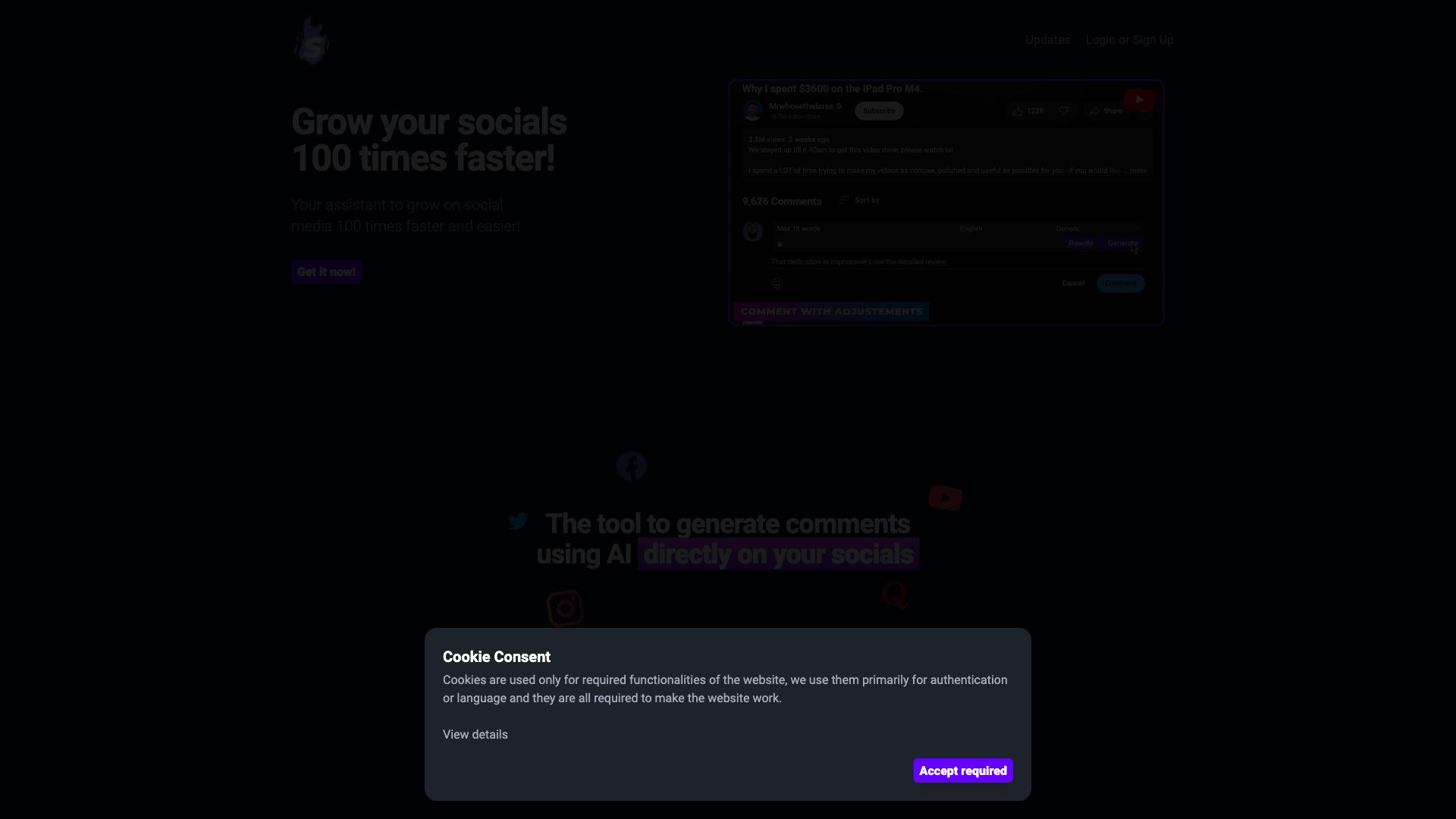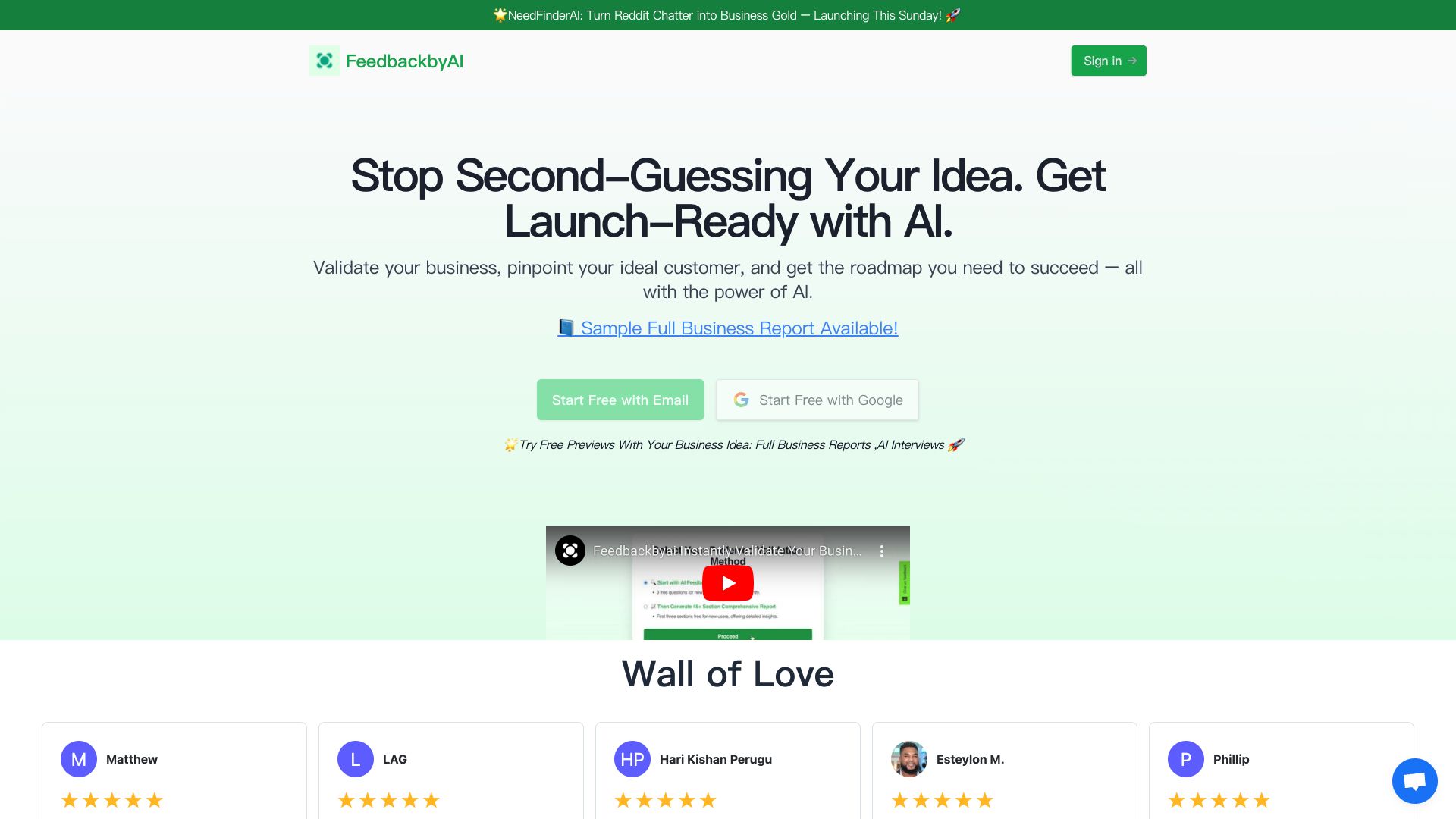Awesome AI Content Detector Tools in 2024
Discover the awesome 7 AI tools for 2024 By Candytools
Get help with Question AI Homework helper. Ask AI for homework help
Improve textual content with context-based language suggestions. Our tool enhances quality for better writing outcomes.
Ethiack provides resources, tools, and a supportive community to promote ethical considerations in artificial intelligence. Join us in shaping a responsible and inclusive AI future.
Bleep Censor provides AI-driven solutions to moderate content, filter profanity, and ensure a safer online experience. Protect your community and brand reputation with Bleep Censor.
BypassAI provides tools to bypass AI content detectors, allowing your AI-generated content to appear human-written. Ensure your content remains undetected and maintain authenticity across the web.
Super Comments helps you moderate comments, engage your community, and combat spam with the power of AI. Create a more positive and productive online space.
Improve your website or app with Feedback by AI. Get tailored insights, identify usability issues, and enhance user experience through AI-powered feedback analysis.
More AI Tools Categories
What is AI Content Detector?
What is an AI Content Detector?
An AI content detector is a software tool that uses artificial intelligence (AI) algorithms to analyze text and determine the likelihood that it was written by a machine rather than a human.
How it works:
These tools often rely on various factors, including:
- Perplexity: A measure of how complex and unpredictable the text is. AI-generated content often has lower perplexity, meaning it's more predictable and less nuanced.
- Burstiness: Analyzing the variation in sentence structure and length. Humans tend to write with more burstiness (varied sentence structures) compared to AI, which often produces more uniform text.
- Vocabulary and phrasing: Identifying patterns and phrases commonly used by AI models.
- Semantic analysis: Examining the meaning and context of the text to identify inconsistencies or robotic patterns often found in AI-generated content.
Why use an AI Content Detector?
- Academic integrity: Detecting plagiarism and ensuring students submit original work.
- Content quality: Ensuring content created for websites and marketing is engaging and human-like.
- SEO: Search engines penalize websites with low-quality, AI-generated content. Detectors can help identify content that could harm SEO.
- Detecting misinformation: Identifying AI-generated fake news or propaganda.
Limitations of AI Content Detectors:
- Accuracy: No AI content detector is foolproof. They can produce false positives and negatives.
- Evolving AI: As AI models improve, detectors need constant updates to keep up.
- Subjectivity: Human language is nuanced. What one detector flags as AI-generated, another might not.
Examples of AI Content Detectors:
- Originality.AI
- Writer.com
- Copyleaks
- GPTZero
Important note: AI content detectors should be used as a tool to aid judgment, not as the sole determiner of whether content is AI-generated.
